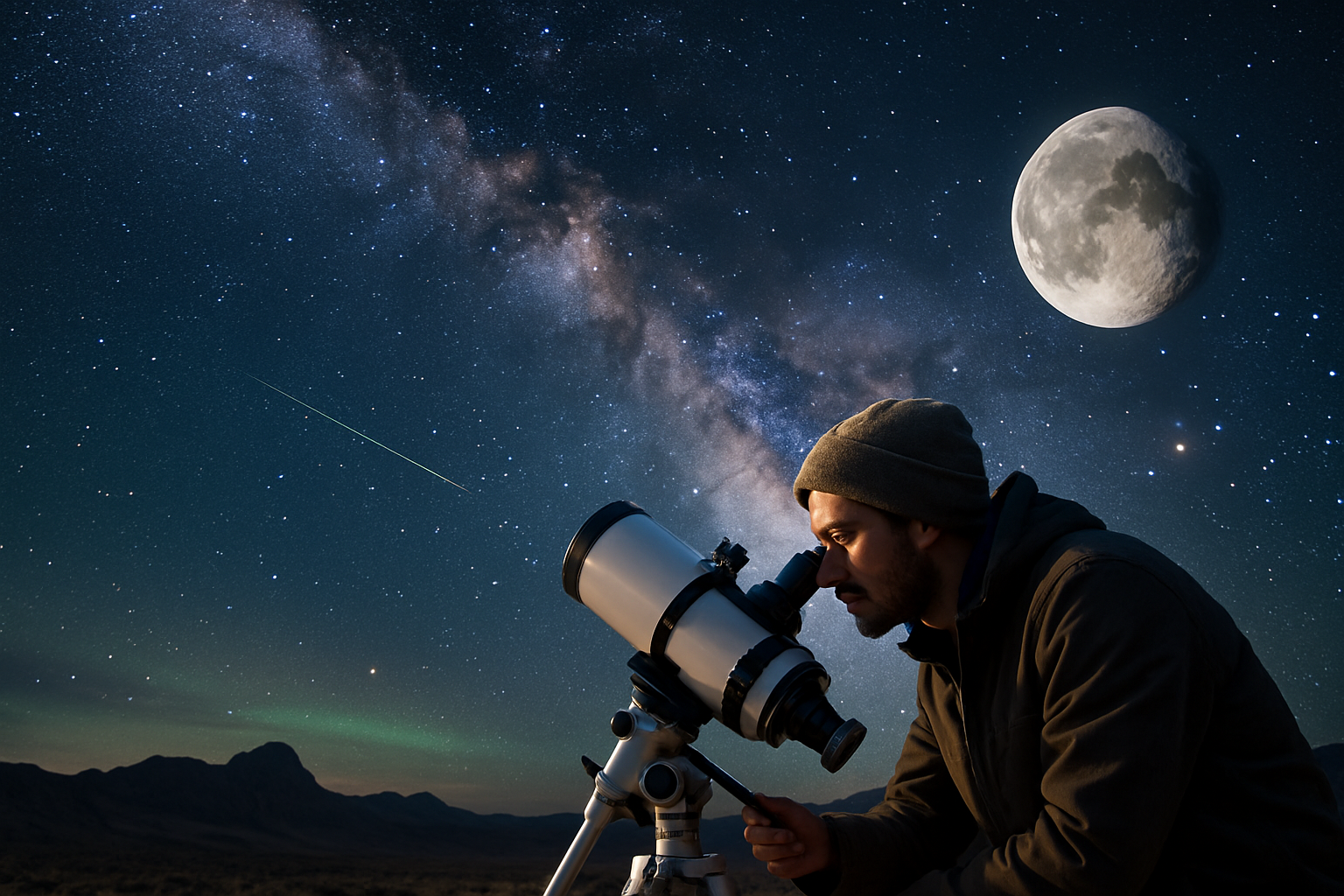Astrotourism: Stargazing Adventures Redefining Travel
Imagine a journey where the destination isn't a place, but a celestial spectacle. Astrotourism, the art of traveling to witness astronomical events, is redefining how we explore our world and beyond. This emerging trend combines the thrill of adventure with the awe-inspiring beauty of the cosmos, offering travelers a unique perspective on their place in the universe.

Dark Sky Destinations: Where Stars Shine Brightest
The International Dark-Sky Association (IDA) has been instrumental in promoting astrotourism by certifying locations with exceptional starry nights. Places like the NamibRand Nature Reserve in Namibia and Aoraki Mackenzie in New Zealand have become havens for stargazers. These destinations not only offer unparalleled views of the Milky Way but also educate visitors about light pollution and its impact on nocturnal ecosystems.
Astronomical Events: Planning Your Trip Around the Stars
Astrotourism isn’t limited to nightly stargazing. Solar eclipses, meteor showers, and the aurora borealis draw thousands of travelers each year. The Great American Eclipse of 2017 sparked a surge in astrotourism, with cities along the path of totality seeing an influx of visitors. Future celestial events, like the 2024 total solar eclipse, are already shaping travel plans and boosting local economies in anticipated viewing areas.
Cultural Astronomy: Bridging Ancient Wisdom and Modern Science
Many astrotourism experiences incorporate cultural elements, connecting modern astronomy with ancient celestial traditions. In Hawaii, visitors can learn about Polynesian wayfinding, while in Chile’s Atacama Desert, tours combine stargazing with insights into Incan astronomy. This blend of science and culture offers a richer, more meaningful travel experience, allowing visitors to see the night sky through different cultural lenses.
Technology and Astrotourism: Enhancing the Celestial Experience
Advancements in technology are making astrotourism more accessible and engaging. Mobile apps help identify constellations and planets, while high-powered telescopes at observatories bring distant galaxies into focus. Some resorts now offer in-room telescopes and star charts, allowing guests to stargaze from the comfort of their accommodations.
Stellar Travel Tips for Aspiring Astrotourists
-
Plan your trip around the lunar calendar; new moons offer the darkest skies
-
Pack red-light flashlights to preserve night vision
-
Bring warm layers; temperatures can drop significantly at night, even in desert locations
-
Consider joining a guided tour for expert insights and access to professional equipment
-
Research light pollution maps to find the best dark sky locations
-
Allow time for your eyes to adjust to the darkness; it can take up to 30 minutes
The Future of Astrotourism: A Universe of Possibilities
As light pollution increases in urban areas, the value of dark sky destinations will only grow. Astrotourism offers a unique opportunity to reconnect with nature, learn about our universe, and gain a new perspective on our planet. Whether it’s witnessing a rare celestial event or simply marveling at the Milky Way, these cosmic adventures are set to become an increasingly important part of the travel landscape, inspiring wonder and fostering environmental awareness in equal measure.





